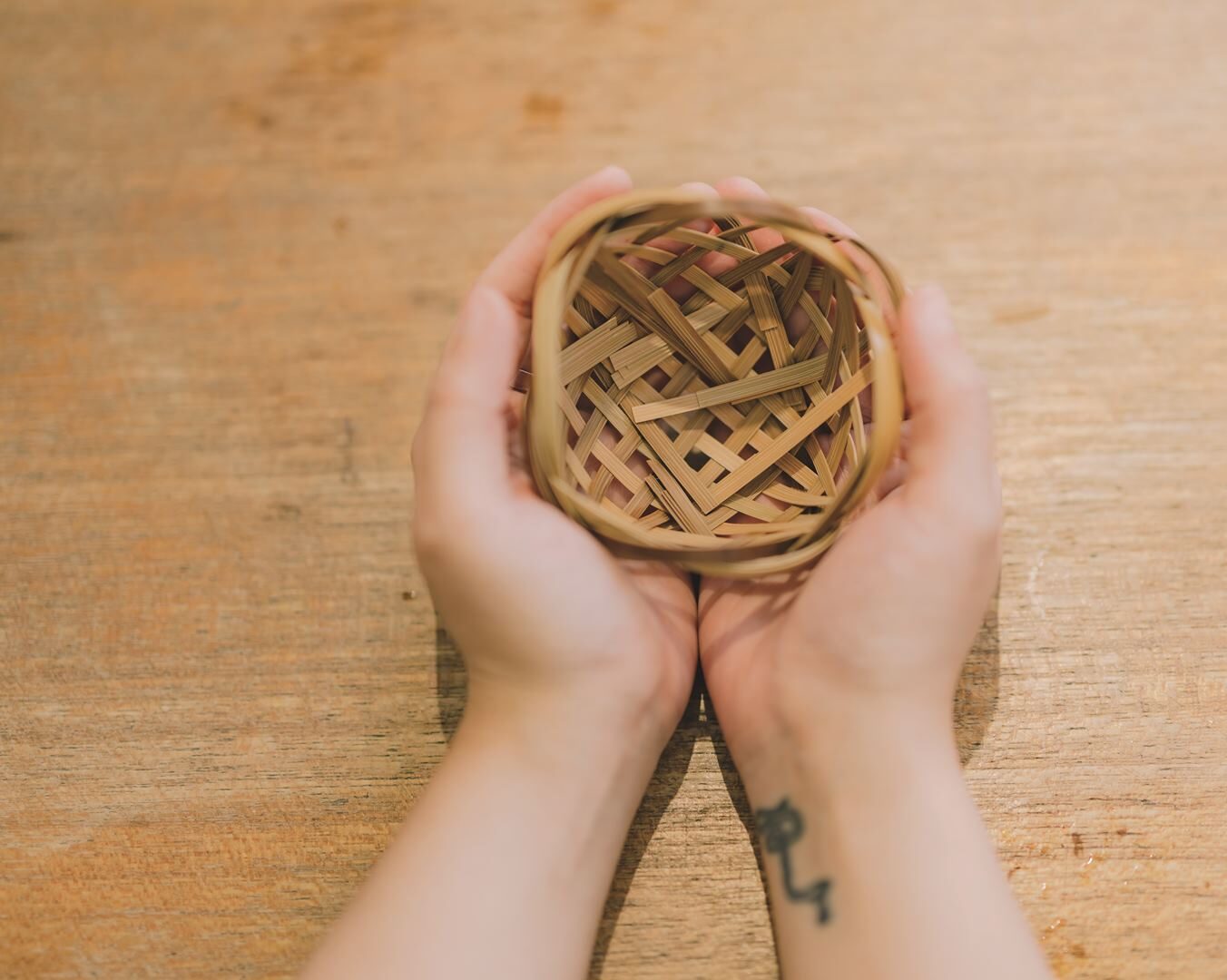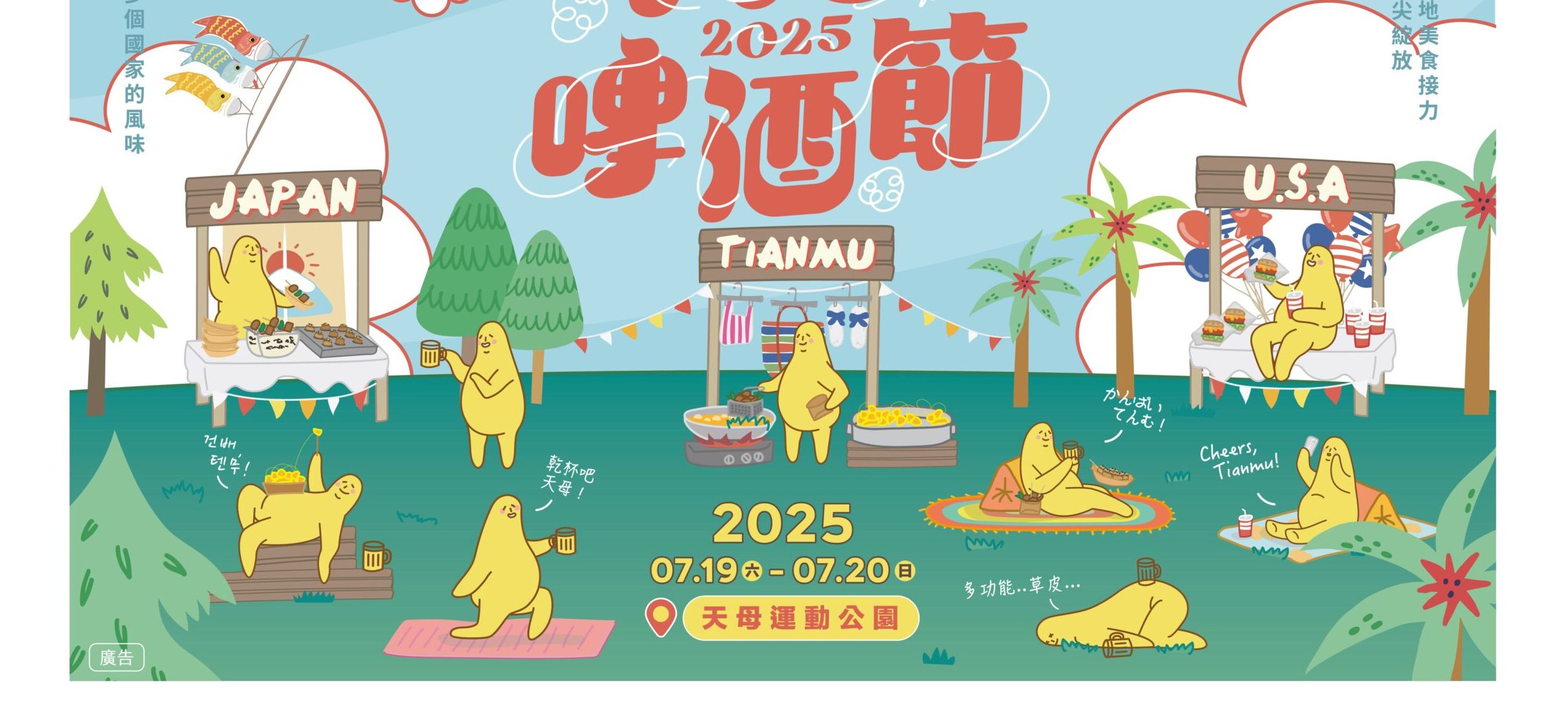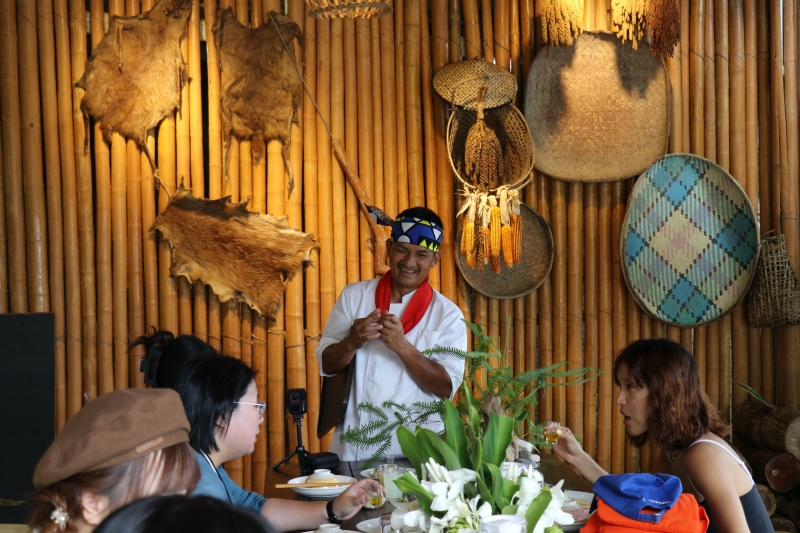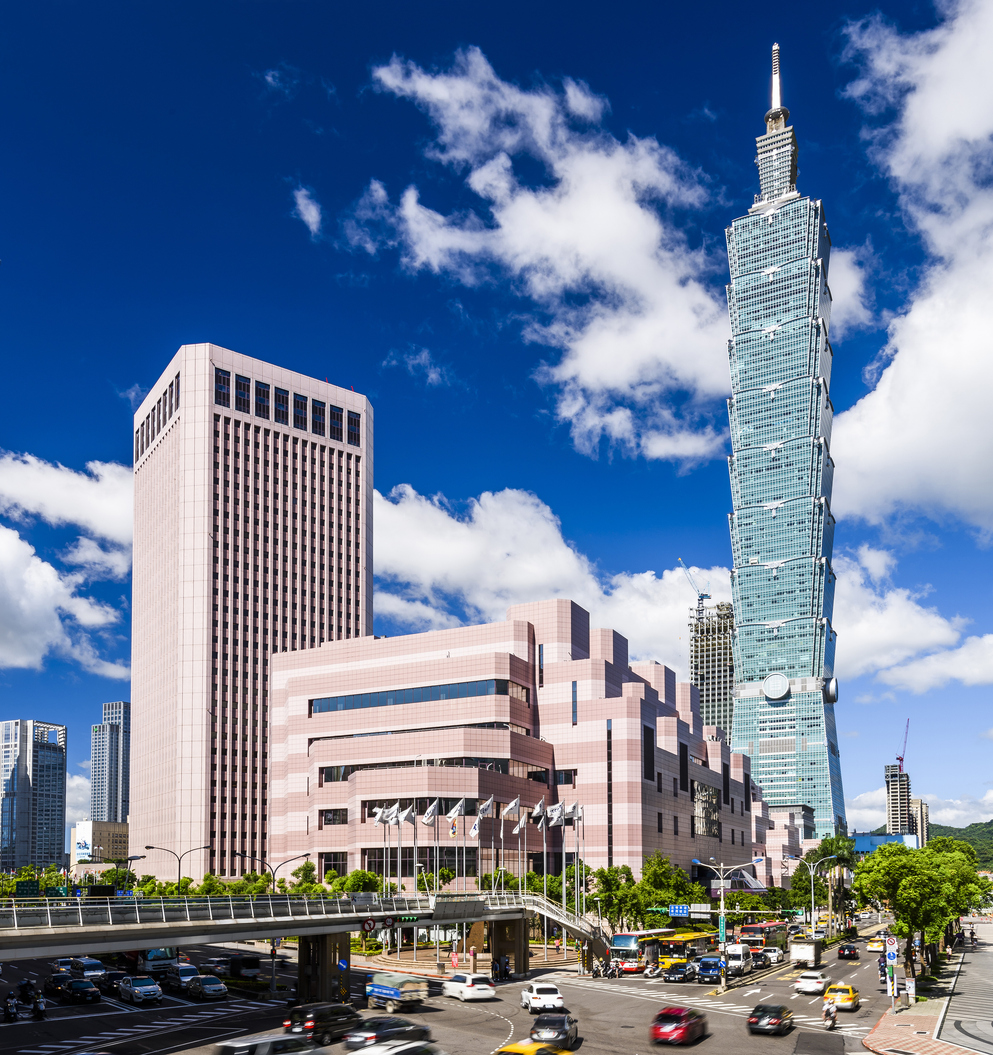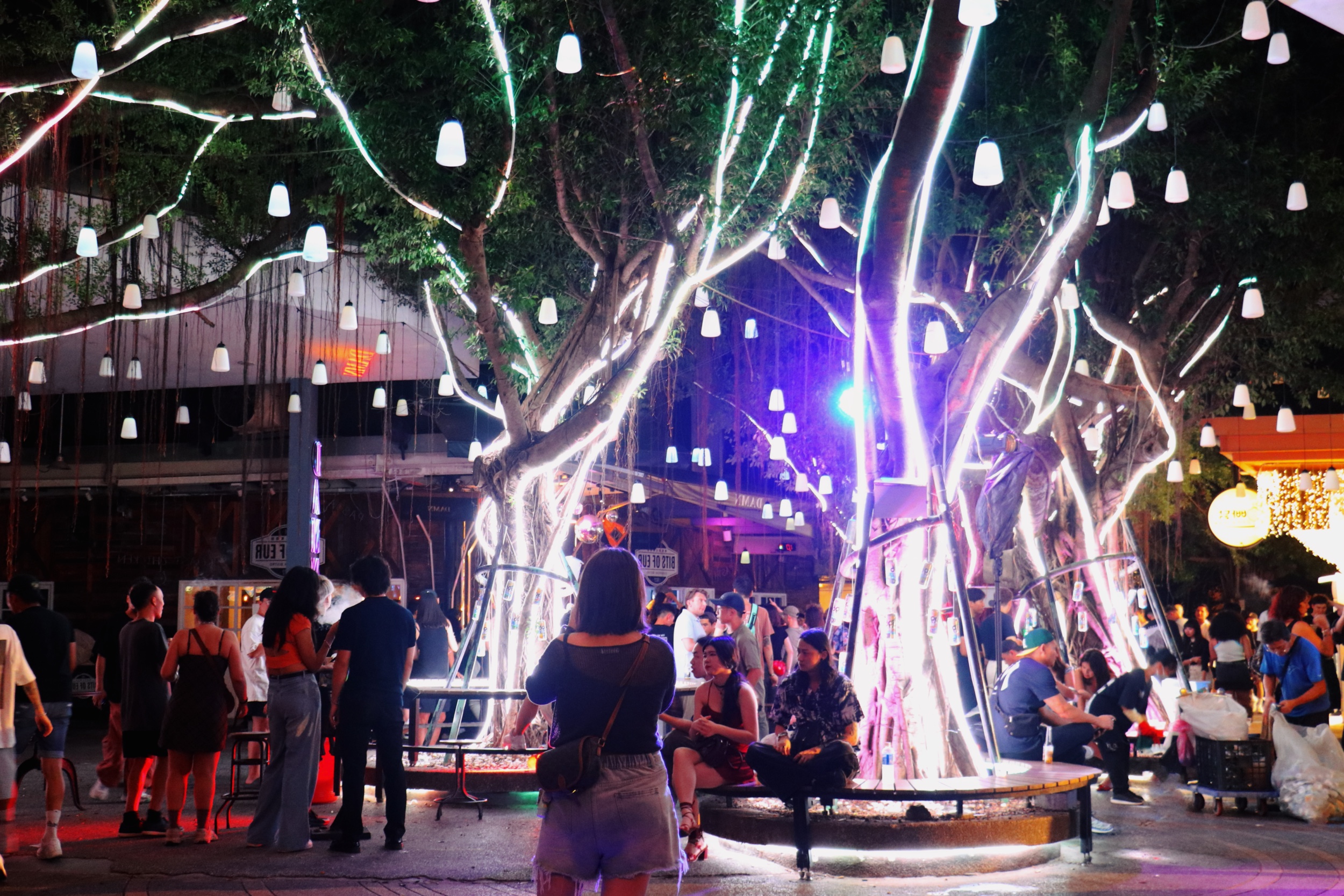Author Hollie Younger
Photos Vision
Editor Levarcy Chen
As temperatures soar during Taipei’s hazy summer days, DIY classes offer a relaxing respite from the daytime heat. At CHUZI Dialogue, spend a chilled afternoon among the sleepy lanes of Daan District — use locally sourced materials to craft a cute keepsake, learn a new skill, and embrace Taiwan’s traditional handicraft culture.

Located on quiet Chaozhou Street just to the north of National Taiwan Normal University, CHUZI Dialogue blends a shop – selling crafts, books, flowers, etc. – with a craft studio and a café.
Sunlight bursts through the glass-paned storefront, the bright and airy interior space blooms with orchids sold by the resident florist, and the aroma of fresh-ground coffee wafts from the café bar, inviting us in.
Intricate bamboo ornaments sway from the ceiling, handmade by co-owner and bamboo master Yang Chu-chun, who says their flowing designs were inspired by the tree beside her childhood home in central Taiwan’s Changhua County. Yang has learned her craft from some of Taiwan’s finest artisans, and treasures the slow, meditative process of making something by hand. It’s about the journey, not the destination, she says.

As she shows us a small, handwoven frog that looks like it’s about to leap across the table, Yang explains that bamboo weaving has a long tradition in Taiwan, practiced by the Hoklo and the Hakka people as well as indigenous groups. For centuries, artisans have crafted rustic toys and everyday objects from materials found in the natural environment surrounding their homes. This includes bamboo, which covers up to six percent of Taiwan’s forest land area, growing wild along mountainsides, where its rhythmic chiming serves as the backdrop to long hikes.

Here in Taipei, Yang continues to revive this fading heritage as she teaches small classes how to take raw bamboo and turn it into beautiful handmade keepsakes. Visitors can craft a toy frog in just twenty minutes, make a hand-sized basket to hold jewelry or tea lights in half an hour, or attend a series of classes over several hours and learn to weave more intricate designs into larger baskets and bags.
There are numerous courses available, from simple designs up to hexagonal storage baskets. We opt to weave a small basket, a beginner-friendly 1-hour class. Instructions are primarily given in Chinese, though Yang does offer classes in English and has also guided Japanese tourists through the process, as it’s more of a hands-on, observation-based experience, she says.

She first shows us the raw product, a long hollow tube of bamboo, and takes a carving knife to cleanly cut it in half and split it into sections at its natural seams. She then expertly trims the bark into smooth centimeter-wide strips. This part is certainly not for beginners, but a demonstration to honor where our materials have come from.

The strips we’re using today have been pre-carved by an artisan, the bamboo sourced from Hsinchu County. We each have eight strips of the classic bamboo color, and eight of a rich mahogany shade.

The darker color is still 100% natural, Yang says, the bamboo dyed by burning wood from the longan tree in a week-long smoking process, which lends the strips a warm, bonfire-like scent.

We begin by laying out our bamboo strips in a crisscross arrangement. We lightly spray them with water to increase friction against the tabletop, making them easier to handle. Yang reassures us that the bamboo is incredibly pliable and won’t snap; we can even tie it in knots.

The process is a little complicated and fiddly, but Yang guides us step by step and encourages us as we go, following our pace and making the class slow, laid-back, and enjoyable.

Using only our hands, we overlap, weave, and knot until the basket’s final form starts to take shape, before taking pliers to trim any loose ends and set everything in place.

Our final product is a hand-sized shikainami basket. Shikainami is a Japanese word meaning “four ocean waves,” as each of the basket’s four sides has an undulating, curved pattern to represent four waves. Each basket is unique in style and form, giving them that personalized, hand-made finish.

Before leaving, we browse the curated collection of handmade curiosities for sale, from bejeweled rings and hand-painted pottery to natural perfumes and all manner of bamboo ornaments, including incense sticks and place mats. CHUZI Dialogue is also home to Where’s Flower, a floral studio selling gorgeous bouquets and individual exotic flowers. It also offers two-hour flower-arranging classes.

Beyond bamboo weaving, CHUZI Dialogue also has workshops for kintsugi – the Japanese art of repairing pottery with gold or silver lacquer, a meaningful tradition of making something new from something broken.

From a small menu, you can also order specialty coffees, sandwiches, and seasonal desserts that look almost too pretty to eat. And for the artistically inclined, look out for the exhibitions and events regularly held at CHUZI Dialogue.
CHUZI Dialogue
🚩137, Chaozhou St., Daan Dist.
🔗www.chuzicraft.com
🔎
CHUZI | 筑子
Yang Chu-chun | 楊筑鈞
This article is reproduced under the permission of TAIPEI. Original content can be found on the website of Taipei Travel Net (www.travel.taipei/en).

